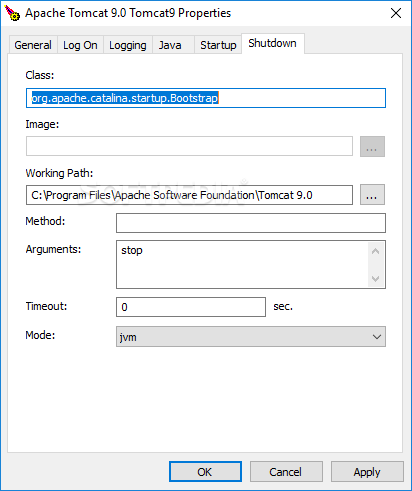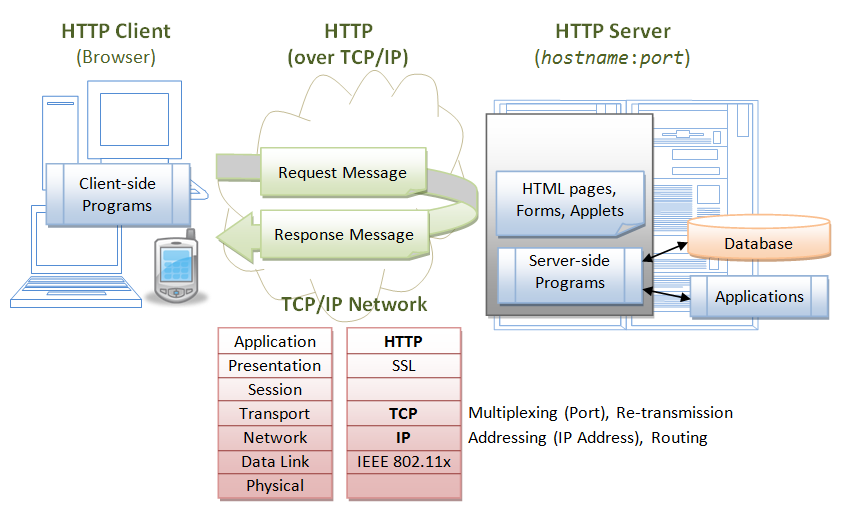
In Unix-like environments, I also recommend checking the actual running process command line: $ ps aux | grep java This will output the Tomcat Version you are running.Then try to open the JSP via Tomcat in the Browser.Check Tomcat Version in Linux Command Line ps -ef |grep -i tomcat // this is will output and you will need to eye-ball to find version, sample belowĮxecute the following CMD in terminal, you will need to locate Lib folder in Tomcat java -cp tomcat/lib/catalina.jar .ServerInfo Execute the script either way: sh version.sh OR.Check for version.sh script exists, i.e.Locate the Tomcat`s bin Directory that is being used.Linux via Version Script in Tomcat Bin Directory: You don't need to stop and start Tomcat for this to work, but you can if you want.These Following 4 ways can be used to find out Apache Tomcat Version in Linux:ġ). You will see a "sample" directory appear. Place the "sample.war" file in the "$CATALINA_BASE/webapps" directory and Tomcat with automatically deploy it. If this is a redeployment, delete the existing deployment from the "$CATALINA_BASE/webapps" directory. You can get a sample application WAR file to test with from " ". The management application is now available from the " URL. Restart Tomcat for the configuration to take effect. Logs : $CATALINA_BASE/logs Enabling HTML Management AccessĮdit the "$CATALINA_HOME/conf/tomcat-users.xml" file, adding the following entries inside "tomcat-users" tag. The main locations of configuration and log information are shown below. The status is also available from the HTML management page. There are several ways to check the status of the service. Information about the Linux firewall is available here. Remember to open up the port on the firewall if you want to access the site from other servers on the network. Configuration for the management URLs is discussed below.

Once Tomcat is started, the following URL should be available. The Tomcat logs are written to the "$CATALINA_HOME/logs/" directory by default. Start and stop Tomcat using the following scripts. #export JAVA_HOME=/home/tomcat/jdk1.7.0_79Įxport JAVA_HOME=/home/tomcat/jdk1.8.0_77Įxport CATALINA_HOME=/home/tomcat/apache-tomcat-7.0.68

Remember to set the desired JAVA_HOME correctly. Set the following environment variables and append them to the "/home/tomcat/.bash_profile" so they are set for subsequent logins. $ tar xzf /tmp/apache-tomcat-7.0.68.tar.gz

#APACHE TOMCAT 7.0 72 DEBIAN INSTALL#
Install Tomcat from the tarball under the home directory of the "tomcat" user. Install the JDK (7 or 8) from the tarball under the tomcat user. Apache Tomcat (I used apache-tomcat-7.0.68.tar.gz)Ĭreate a user called "tomcat" to own the Tomcat installation.Java SE Development Kit 8 Downloads (I used jdk-8u77-linux-圆4.tar.gz).Java SE Development Kit 7 Downloads (I used jdk-7u79-linux-圆4.tar.gz).This article assumes these downloads are present in the "/tmp" directory on the server. The installation will work with either JDK7 or JDK8, so pick which you prefer. Apache Tomcat 9 Installation on Linux (RHEL and clones)ĭownload the following software.

Apache Tomcat 8 Installation on Linux (RHEL and clones).The tarball approach to installation is largely unchanged compared to previous tomcat versions.
#APACHE TOMCAT 7.0 72 DEBIAN MANUAL#
Home » Articles » Linux » Here Apache Tomcat 7 Installation on Linux (RHEL and clones)Īpache Tomcat 7 is not available from the standard RHEL distributions, so this article provides information about the manual installation and basic configuration of Apache Tomcat 7 on RHEL and its clones from tarballs.


 0 kommentar(er)
0 kommentar(er)
